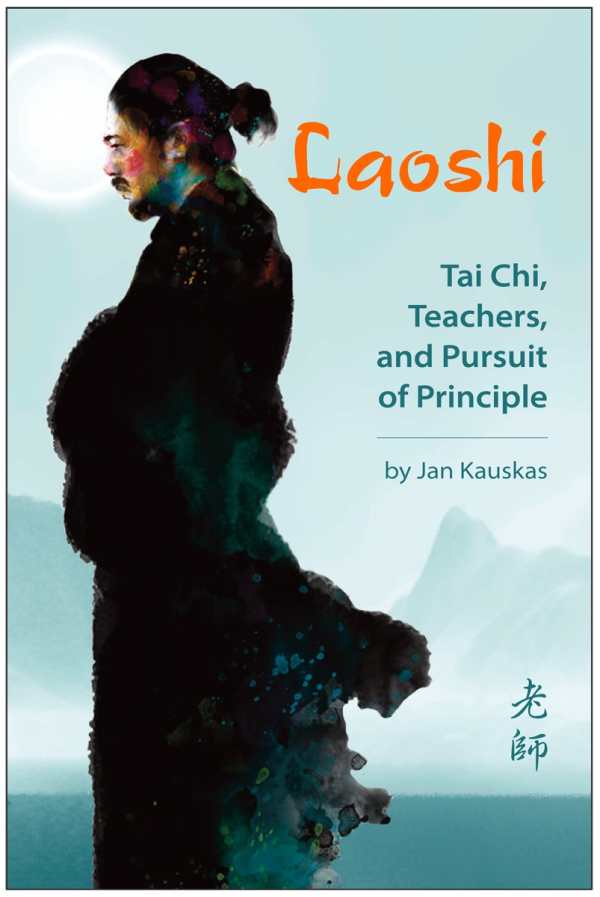Laoshi
Tai Chi, Teachers, and Pursuit of Principle
This book offers a clear sense of the essential components of tai chi while also explaining the ultimate intent of the practice.
Jan Kauskas brings intelligent insight to the study of Zheng Manquing-style tai chi in Laoshi: Tai Chi, Teachers, and Pursuit of Principle. This well-organized book succinctly explores a notably difficult subject to explain.
The title character, Laoshi, represents a composite of the author’s teachers. During their early class sessions, Kauskas thinks he might not like Laoshi, and that the teacher likely feels the same about him. Laoshi seems a “mass of contradictions,” but Kauskas respects his “credentials” and perseveres until the two form a mutually respectful relationship. The teacher explains nuances of the practice by telling anecdotes, requiring a student’s close attention in order to understand their meaning.
Kauskas’s relaxed writing style makes clear the underlying philosophy of Zheng Manquing tai chi and its fencing components. Progress occurs only with persistent practice, and students move slowly forward in skill and understanding. Explaining the purpose of endlessly repeating a series of postures, the author writes, “In Laoshi’s view of that journey, the punch and withdraw and push sequence represents our awakening to the power that resides in all of us for confronting the challenges of life.”
The text consists of dialogue between student and teacher, alternating with the author’s first-person narration. They discuss Taoist philosophy and tai chi principles at length, but these conversations also reflect their personal characteristics and growing rapport without lapsing into exposition.
According to Kauskas, relaxed concentration is essential to achieving prowess in this martial art. When practitioners spar with each other, they are “playing.” As they play, they must also “listen” for subtle clues to their opponent’s next move, which might provide an opportunity to push him off balance. Noting that people have difficulty maintaining that degree of awareness, Kauskas notes wryly, “the push-hands exchange is very much like a normal conversation—which is to say nobody really listens to anybody else.”
A tai chi student since 1987, the author teaches in Glasgow and holds workshops in Europe. Black-and-white photographs of Kauskas in tai chi poses begin the book. Laoshi shines as a resource for tai chi teachers and practitioners, and to anyone considering studying the art.
Reviewed by
Margaret Cullison
Disclosure: This article is not an endorsement, but a review. The publisher of this book provided free copies of the book to have their book reviewed by a professional reviewer. No fee was paid by the publisher for this review. Foreword Reviews only recommends books that we love. Foreword Magazine, Inc. is disclosing this in accordance with the Federal Trade Commission’s 16 CFR, Part 255.

